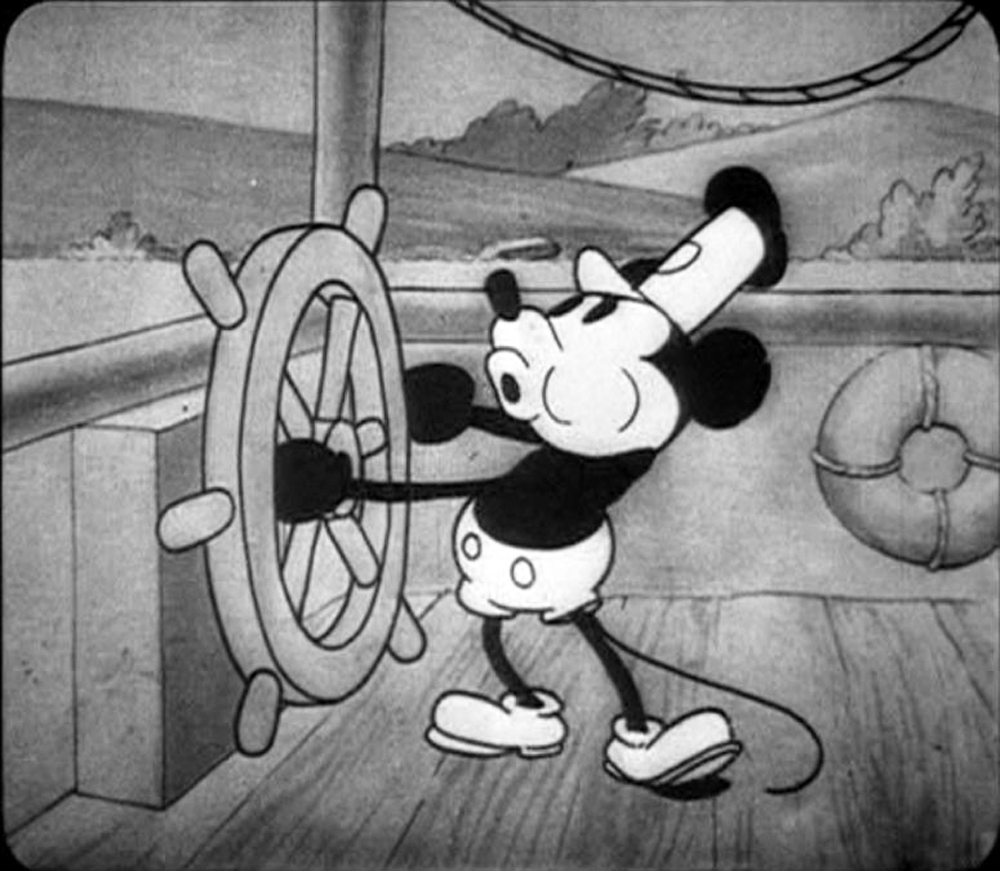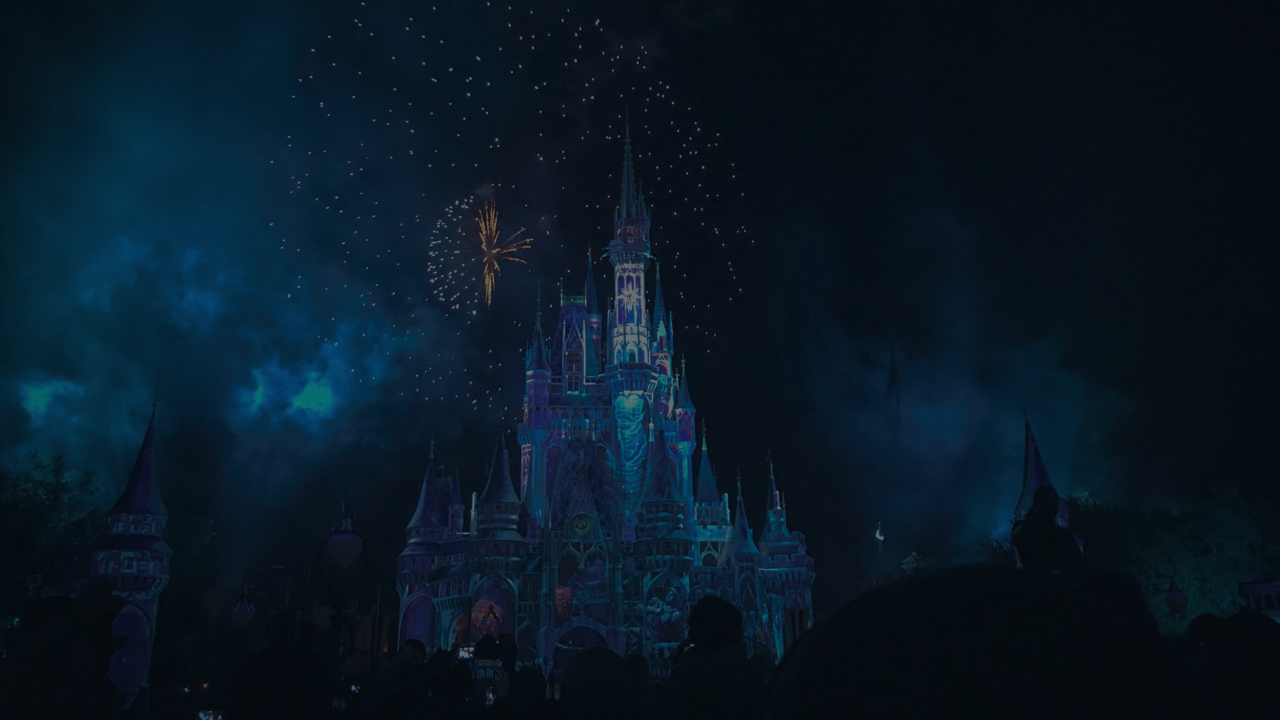Disney: A journey through time between Innovation & Magic
Disney is an entertainment mainstay that has captivated generations with its constant technological and narrative evolution. From shorts to iconic feature films, the company has redefined animation while remaining timeless.
Origins: From short film to feature film
The Walt Disney Company was founded in 1923 by brothers Walt and Roy Disney.
Walt Disney is considered one of the fathers of film animation and holds the record for most Oscars won, with 26 statuettes in his 34-year career. Disney began his journey with traditional animation. After the release of “Alice Comedies“, Disney created “Oswald the Lucky Rabbit“, Disney’s first success, but lost the rights to it.

The birth of an icon: Mickey Mouse
It was from this character that Mickey Mouse was born on 16 January 1928. The first two short films: “Plane Crazy” and “The Gallopin’ Gaucho” were not successful, but on 18 November 1928, with the release of “Steamboat Willie”, Disney’s first short film with synchronised sound, Mickey Mouse was officially born and immediately became a huge worldwide success.
The introduction of Technicolor
A few years later, Disney experimented with Technicolor technology by colouring the short film “Flowers and Trees” from the “Silly Symphonies” series, which won the first Academy Award for Best Animated Short Film in 1932.
Snow White: the risk that changed film history
Snow White and the Seven Dwarfs, Disney’s first animated feature and the first full-length colour film in the history of cinema, was produced in 1937. All the human characters in the film, with the exception of the seven dwarfs, were largely animated using the rotoscoping technique, which consisted of tracing, frame by frame, a film in which flesh-and-blood actors had previously been filmed.
It was nominated for an Oscar for the soundtrack, and the following year Walt Disney received an Honorary Oscar, consisting of one full-size and seven miniature statuettes. The film cost so much money that Walt had to mortgage his house. Fortunately, it was a success, grossing over $8 million at the box office, an astronomical figure for the time, cementing Disney’s reputation as a pioneer in animation and paving the way for a new era of animation.
Technological evolution: From hand drawing to computer graphics
The 1940s and 1950s saw the creation of masterpieces such as “Fantasia” (1940), “Bambi” (1942), “Cinderella” (1950), “Alice in Wonderland” (1951) and many others, each of which introduced new techniques and quality standards to animation. Fantasia, for example, combined animation and classical music in an unprecedented way, using technical innovations such as the “Fantasound” stereophonic sound system, the forerunner of Dolby.
The arrival of the digital age
The real technological revolution came in the 1990s with the introduction of computer graphics. The first experiment was “Tron” (1982), one of the first films to combine live action and computer animation, which was not as successful as hoped. Despite the initial lack of interest, it became a cult film over time.
The first significant step in this direction was “The Little Mermaid” (1989), which used the CAPS (Computer Animation Production System), developed in collaboration with Pixar, to improve the process of colouring and compositing images. CAPS, a collection of computer programmes, scanning systems, servers, workstations and custom desks, succeeded in reducing the costs for the inking, painting and post-production processes of traditional animation films. The success of this system led to the creation of other iconic films such as “Beauty and the Beast” (1991), the first animated film to receive an Oscar nomination for Best Picture.
Toy Story and the Pixar Revolution
But it was in 1995 that the collaboration between Disney and Pixar created one of the greatest revolutions in animated cinema with “Toy Story”, the first feature film in history to be made entirely in CGI (Computer Generated Imagery) and considered by many to be one of the best animated films ever made.
The idea for this product came from Tron, when CGI was already available but not used in an integrated way to create animated features. Pixar revolutionised the industry with its photorealistic RenderMan rendering engine, which allowed animators to see the results of their work in real time for the first time. After some experimentation, RenderMan was used for the production of Toy Story.
This film not only won over audiences around the world but also set new standards for the animation industry by demonstrating the limitless possibilities of computer graphics.
Innovations in storytelling and diversification
In addition to technological advances, Disney has always sought to innovate from a narrative perspective. Films such as “Frozen” (2013) and” Zootropolis” (2016) have challenged traditional stereotypes of gender roles and social expectations, promoting messages of independence, equality and inclusivity.
Disney has also acquired successful animation studios such as Pixar, Marvel, Lucasfilm and, most recently, 21st Century Fox. These acquisitions have enabled Disney to dominate not only animation but also live-action films and hugely successful franchises such as Star Wars” and the Marvel Cinematic Universe.
The future of Disney Animation
Disney continues to invest in new technologies, such as augmented reality (AR) and virtual reality (VR), to explore new ways of immersive storytelling. Launching in 2019, Disney+ has enabled the company to deliver original content to an ever-expanding global audience. With its rich history and ongoing commitment to innovation, Disney remains one of the most beloved forces in the global entertainment landscape.
Virginia Aloia
Read the other articles in the february 2025 issue of spaceO:
- The history of innovation: Mini Cooper
- Robotics: Atlas Ufo Robot
- Sport: Innovation & Ski
- Innovation & App: Kilogram
- Interview with our colleagues: Luisella Piras
- Cinema: Christopher Nolan’s “The Odyssey”
- IT & environmental challenges: Renewable sources in IT









